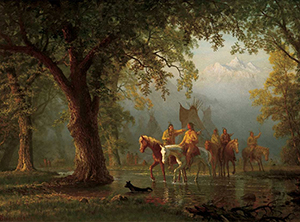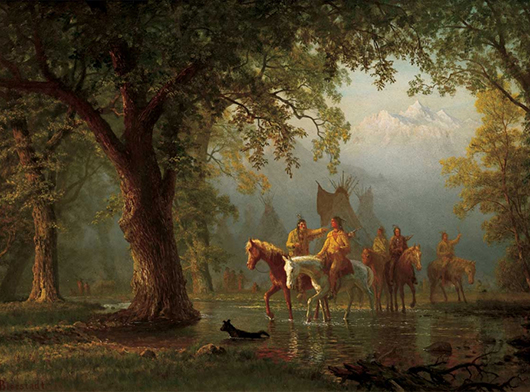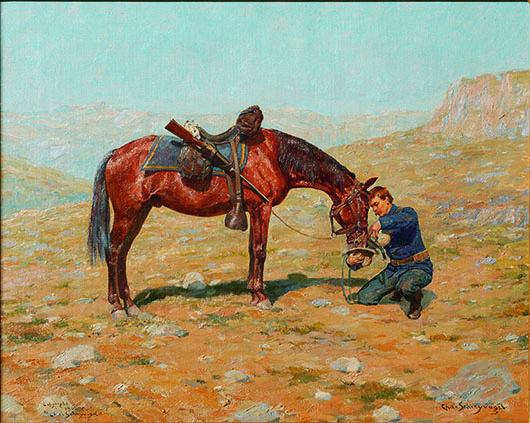
For the museum, Erivan and Helga Haub’s donation of $20 million and 295 pieces of Western art represents the biggest gift the 79-year-old institution has ever had, and the collection is one of the world’s biggest of the genre.
For passersby, the $15.5 million expansion – partially funded through other sources – means a sheltered, landscaped sidewalk and both indoor and outdoor sculptures. For museum visitors, it means twice as much gallery space, a free art studio, a better cafe and a bigger elevator, plus some clever design in the new galleries.
“We’re incredibly excited,” TAM board president Steve Barger said. “It’s been a long process. We think the community will be excited (too). It’s spectacular.”
“It was totally exciting to see the wing,” said Liliane Haub, who along with her husband, has been part of the building committee, and who is now on the TAM board.
Recently making a name for itself as a destination for Northwest art, Tacoma will now be known as the Northwest’s only venue for Western art – an art form that even the Haubs have acknowledged is disdained by many in the fine art world.
And the collection includes many 19th century works that stereotype and romanticize Native American culture in a way that can only partly be mitigated by descriptive labeling.
“The West is not the same story as the Northwest,” said Marvin Oliver, a Native American artist and professor of American Indian studies at the University of Washington in Seattle. “Northwest people have been here a long time, even white people. We’re not transplants. It’s important that the museum reflects that.”
Under the museum’s new 35-foot-high steel and aluminum mesh portico, the tall, revamped red entry doors are the first reminder of why TAM has a new wing in the first place: It needed a new entrance.
Since the Antoine Predock-designed building on Pacific Avenue was opened in 2003, both of TAM’s entrances have been unremarkable.
About three years ago, the museum began casting around for designs and support for redoing the plaza. Director Stephanie Stebich happened to approach John Barline, lawyer for the Haub family. The German supermarket billionaires had spent summers in Tacoma since their honeymoon, supported much of Tacoma’s renaissance and were annual museum donors who also contributed to the new building campaign.
But Barline offered the museum something bigger: The museum could have its new plaza – along with the Haub’s extensive Western art collection and a $20 million dollar donation to help build a home for it. It’s the kind of offer that doesn’t come along often for regional museums. Stebich – who also is German by birth – snapped it up, Tom Kundig was hired as the architect, and construction broke ground a year ago this month.
The new wing, which slots into the steely-gray L-shaped portico, is designed with a nod to both Native longhouses and railroading history.
One of the biggest benefits for the museum and its visitors is the Haub wing offers four new galleries and a sculpture hall, doubling the existing gallery space. Design-wise, the wing blends both new features and existing style in a restful, light-filled way: At the entrance, a maple floor echoes the older galleries, while an orientation space offers visitors a video explaining the collection.
But the focus of the Haub donation, and the entire new wing and renovation, is the art.
Of the 295 works (the Haubs have bought and added a few since the donation was first announced), curator Laura Fry has chosen the best 130 to display, with key works in choice places.
Works given pride of place are Thomas Moran’s cloudswept Green River, Wyoming, Georgia O’Keeffe’s ethereal Piñons with Cedar and Albert Bierstadt’s lushly romantic Departure of an Indian War Party. Most of this art has never been in public view before.
Copyright 2014 Associated Press. All rights reserved. This material may not be published, broadcast, rewritten, or redistributed.
AP-WF-11-12-14 1806GMT
ADDITIONAL IMAGES OF NOTE



